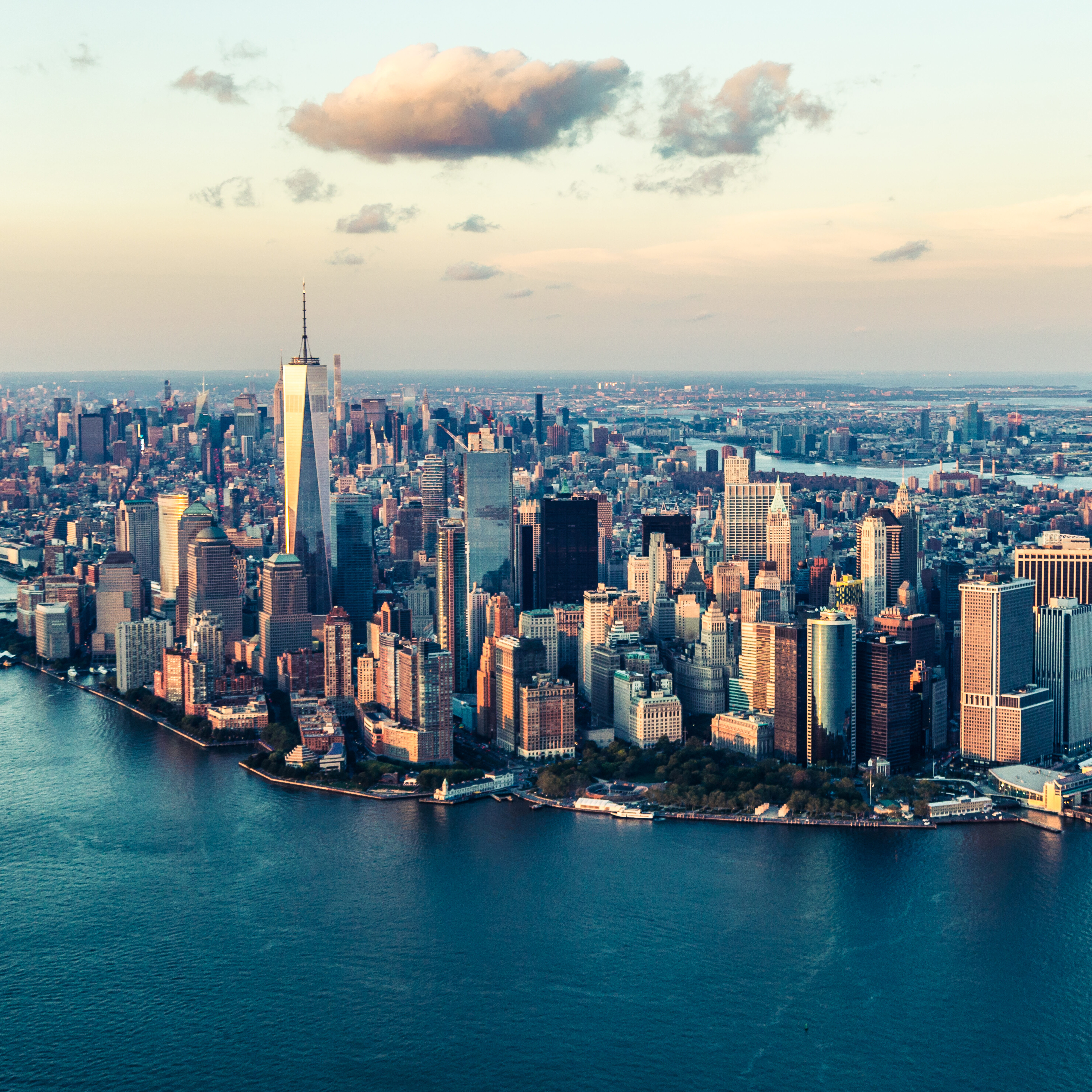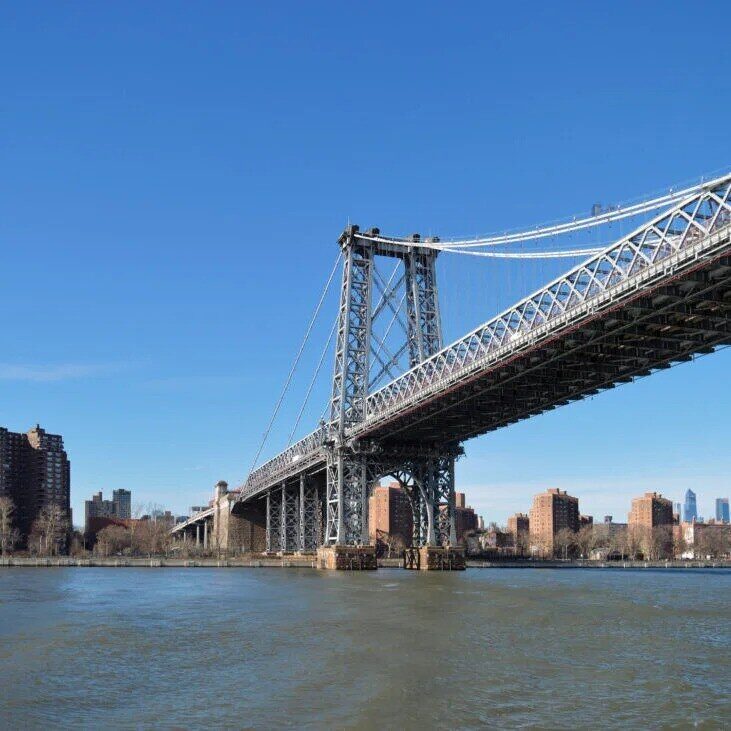NYC Building Types: Which One Fits Your Budget?
Welcome to New York City - a place where dreams are made, and the skyline is as diverse as its inhabitants. If you’re looking to find a place to call home in the city that never sleeps, you’re probably wondering about the different NYC building types and how they align with your budget. With NYC rent prices constantly fluctuating, it’s essential to know your options, whether you’re eyeing NYC luxury rentals or searching for something more modest. Here, we break down various building types across Brooklyn, Manhattan, and Queens to help you make an informed decision.
Understanding NYC Building Types
NYC's landscape is dotted with various building types, each offering unique living experiences and amenities. Here’s a closer look:
NYC Brownstones:
These historical gems are prevalent in Brooklyn and parts of Manhattan, offering a charming, albeit sometimes pricey, living experience. Typically, NYC rent prices for brownstones can vary greatly depending on the location and interior updates.
Typically, brownstones feature three to five floors. The second floor, known as the parlor floor, usually has the highest ceilings, often ranging from 12 to 14 feet. This floor is traditionally the main reception area of the house, where guests are entertained. Most brownstones were constructed in Italianate or Neo-Greco styles, though many also include Gothic Revival or Victorian architecture elements. Neighborhoods like Brooklyn Heights, Park Slope, and Cobble Hill are renowned for their beautiful brownstones.
NYC Pre-War Apartments:
Pre-war apartments, renowned for their sturdy build and timeless charm, attract those who appreciate architectural character. Despite their age, they fetch high rents, especially in desirable areas. Renovations often enhance their appeal, with amenities like doormen and modern conveniences.
Elevator pre-war apartments are particularly prevalent in Manhattan, where space is highly valued, and they are typically associated with a higher price point due to their desirable features and locations.
In contrast, Walk-up pre-war apartments have typically not been renovated or are more affordable. They are often found in neighborhoods like Brooklyn and Queens, where space is more plentiful, and rents are generally lower but may lack amenities.
Distinguished by hand-finished plaster walls, solid wood construction, and elaborate tiling, pre-war buildings exude classic elegance. Their spacious interiors feature high ceilings, long hallways, and grand foyers adorned with intricate details like brass fixtures and working fireplaces. Found across NYC boroughs, these apartments blend historic charm with modern living.
New Development Buildings:
For those with refined tastes and the means to indulge, the NYC luxury rental market offers a lifestyle of sophistication and exclusivity.
These buildings redefine urban living, boasting 24/7 doorman services and state-of-the-art fitness centers that are about creating a lifestyle where every need is met within the comfort of your own building. But perhaps the crown jewels of luxury living are the expansive rooftop terraces. These meticulously landscaped and furnished private oases offer a sanctuary above the bustling city streets.
Of course, such luxury comes at a price. Rental rates for these coveted residences can start around $3,000 per month and soar higher, particularly in sought-after neighborhoods.
For more insights into navigating the NYC real estate market
Aligning Your Budget with the Right Building Type
Understanding how different NYC building types can impact your budget is crucial. For those looking towards the higher end of their budget, NYC luxury rentals in newer buildings in Manhattan or Brooklyn offer modern living experiences but at a higher cost. On the other hand, older NYC pre-war apartments can offer more bang for your buck, particularly if you’re willing to compromise on modern amenities for character and space.
According to the RentCafé report, the average rent in Brooklyn, NY is $2,657 per month, which is 76% higher than the national average rent price of $1,512/month. In Manhattan, studios typically start at around $2,000 per month, while one-bedroom apartments range from $2,500 to $4,000 per month on average. Two-bedroom apartments in Manhattan can fetch anywhere from $3,500 to $6,000 per month, depending on the neighborhood and amenities.
In Brooklyn, studios start at around $1,500 per month, and two-bedroom apartments average between $2,500 and $4,000 per month. In Queens, rental prices tend to be slightly lower, with studios starting at around $1,500 per month and two-bedroom apartments averaging between $2,500 and $5,000 per month.
Let’s now look at some important tips to help you align your budget with the right building type.
Tips for Navigating NYC Rent Prices
Here are some tried and tested tips for navigating NYC rent prices successfully:
- Explore Different Boroughs: Each borough offers a unique living experience. Brooklyn and Queens often provide affordable alternatives to Manhattan without significantly compromising the NYC lifestyle. According to the RentCafé report, the average rent in Manhattan is $4,208, in Brooklyn it is $2,951, and in Queens, it is $2,568.
- Consider Your Must-Haves: Decide what amenities and apartment features are non-negotiable for you. Sometimes, opting for a STUDIO APARTMENT NYC or a unit in an older building can drastically reduce your rent. For example, studio apartments in New York range in price from $3,060 to $6,402, and in Brooklyn from $2,478 to $4,168.
- Use Trusted Resources: Loftey specializes in helping renters find their ideal NYC apartment. You can navigate the NYC rent by building type more efficiently and find a place that fits your budget and lifestyle. Loftey is committed to providing the most trustworthy and transparent transaction in the rental market, offering services like reduced rent payments.
- Consider Alternative Housing Options: If you're looking for affordable housing, consider alternative options like co-living spaces or shared apartments. These options can provide more affordable rents while still offering the benefits of living in a city like New York.
Conclusion
Choosing the right NYC building type involves balancing your budget, lifestyle preferences, and location desires. Whether you’re drawn to the historical charm of NYC brownstones, the efficiency of studio apartments in NYC, or the luxury of modern high-rises, there’s a place for you in this city. Remember, the key to finding the perfect NYC home is understanding the landscape of NYC rent prices and knowing where to look.
For more insights into navigating the NYC real estate market, visit our in-depth guide.







